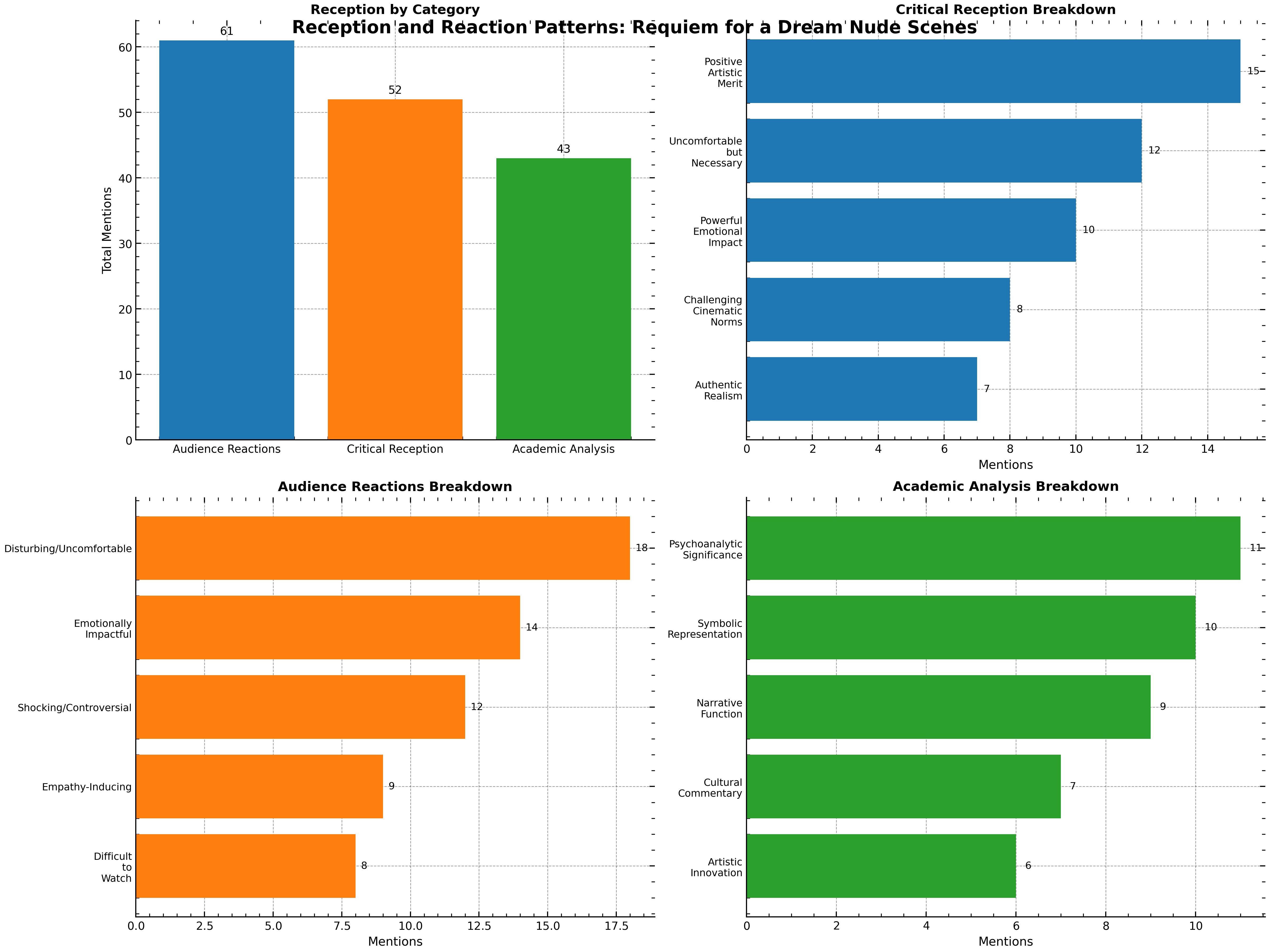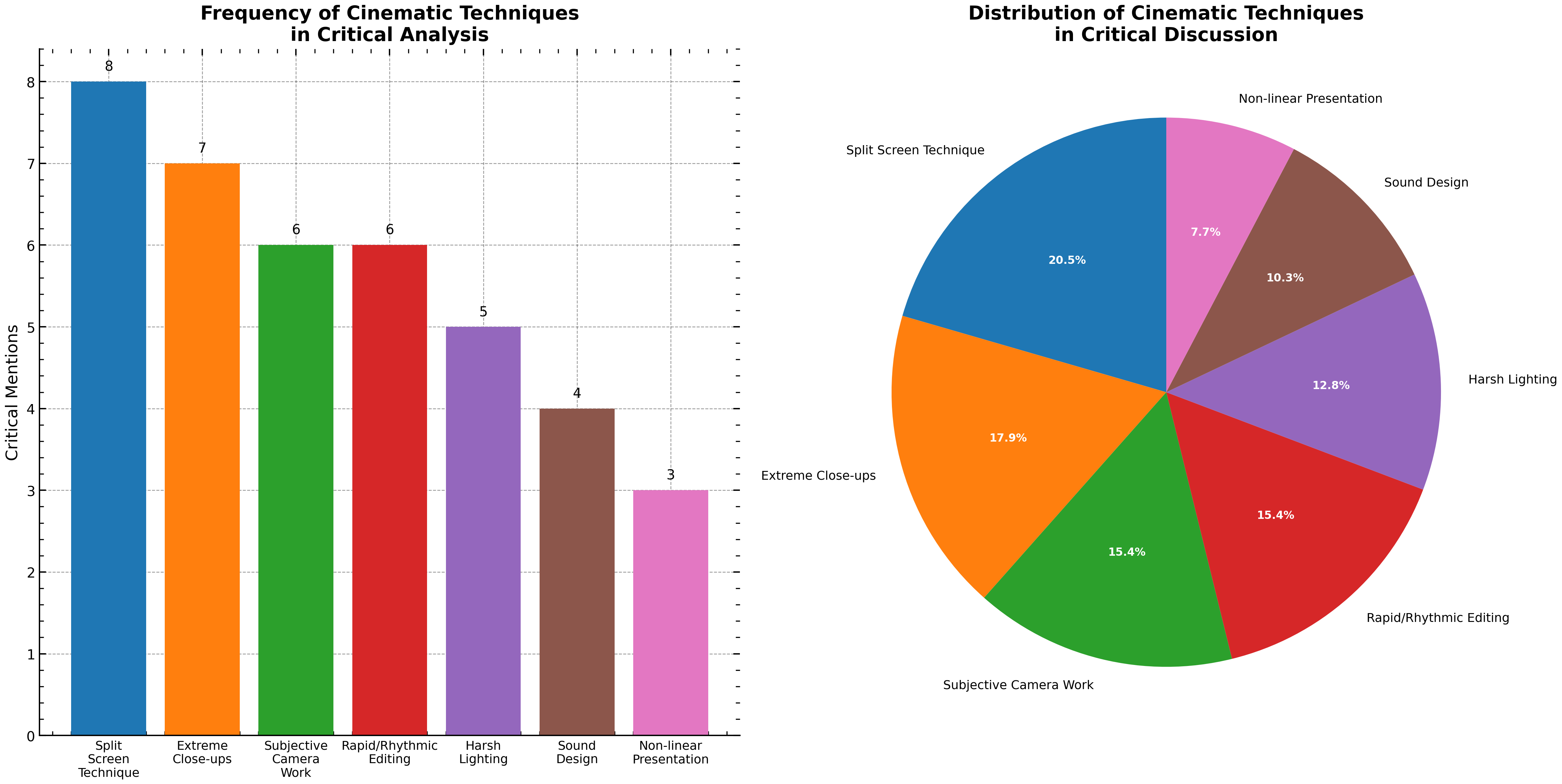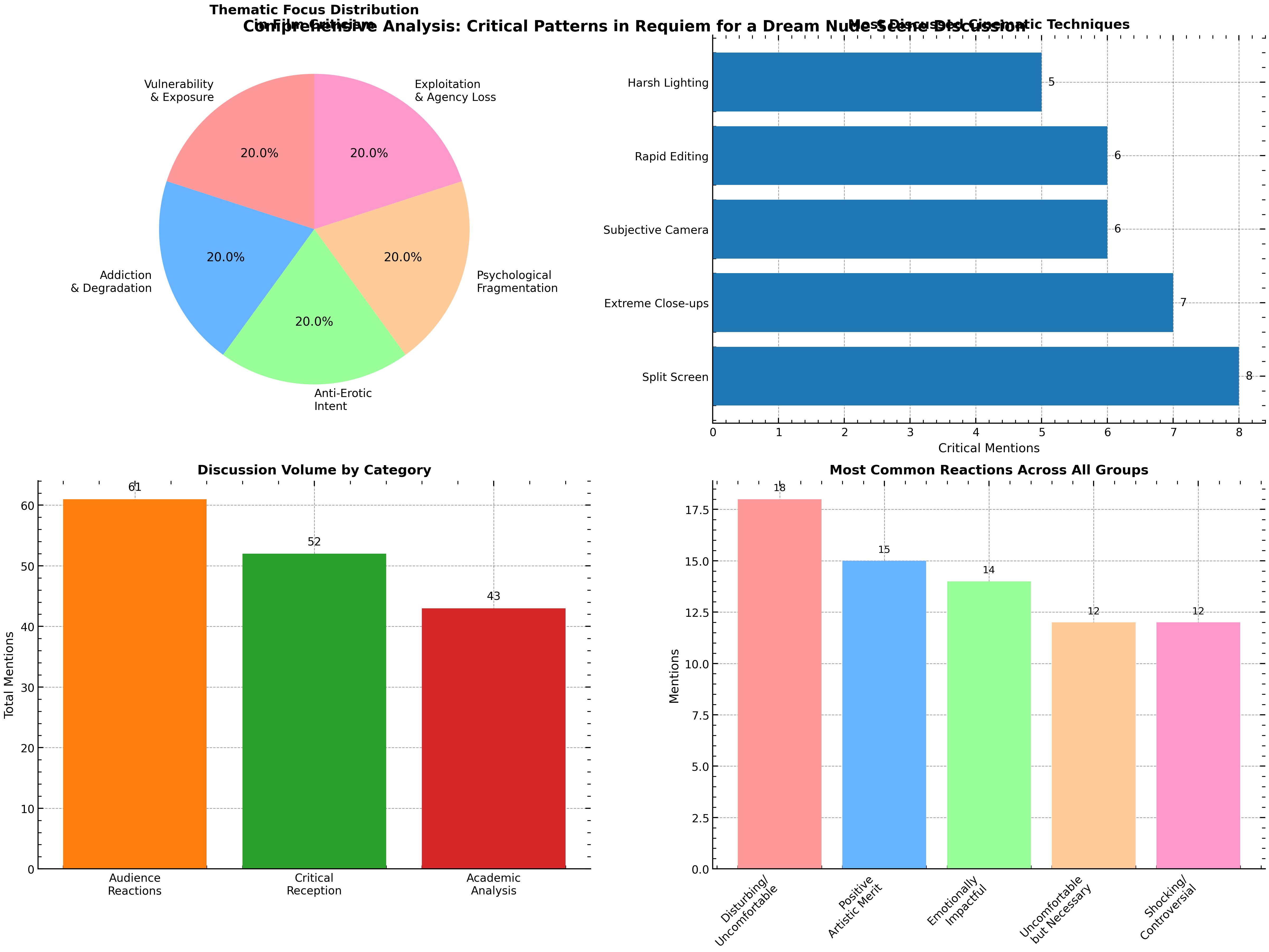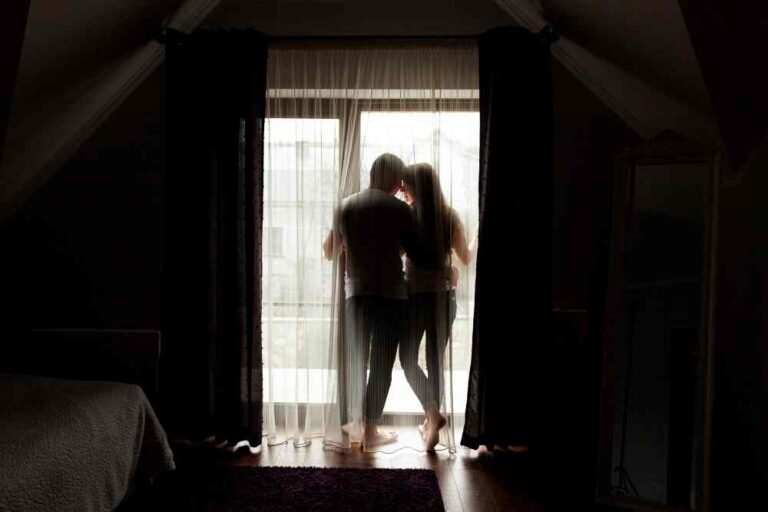Key Takeaways:
- The Requiem for a Dream nude scenes are central to the film’s raw depiction of addiction, vulnerability, and psychological decline.
- Director Darren Aronofsky uses nudity not for eroticism, but as a visual metaphor for loss of agency, degradation, and emotional fragmentation.
- These scenes have sparked controversy, critical debate, and academic analysis, but are widely recognized for their artistic and narrative significance.
- The film’s explicit content led to an NC-17 rating and censorship issues, highlighting ongoing debates about art, ethics, and cinematic boundaries.
Introduction
What makes the Requiem for a Dream nude scenes so unforgettable—and so controversial? Darren Aronofsky’s 2000 cult psychological drama is renowned for its unflinching portrayal of addiction and despair, using graphic imagery, including nudity, to immerse viewers in the characters’ downward spirals. Unlike typical Hollywood fare, these scenes are not designed to titillate, but to confront audiences with the raw, uncomfortable realities of vulnerability, exploitation, and loss of control.
In this in-depth analysis, we’ll explore the context, artistic intent, critical reception, and cultural impact of the Requiem for a Dream nude scenes. We’ll break down how Aronofsky’s visual style, narrative choices, and ethical considerations combine to make these moments some of the most powerful—and debated—in modern cinema.
1. Contextual Background of Requiem for a Dream
Requiem for a Dream follows four characters—Sara Goldfarb, her son Harry, his girlfriend Marion Silver, and his friend Tyrone C. Love—as they each pursue their own dreams, only to be consumed by addiction. The film’s narrative is a relentless descent into psychological and physical ruin, with nudity woven into the story as a symbol of vulnerability and degradation.
The nude scenes primarily involve Marion (Jennifer Connelly) and Harry (Jared Leto), whose relationship is both passionate and tragic, as well as Marion’s later involvement in transactional sex. These moments are not isolated; they are integral to the film’s depiction of how addiction strips away dignity and self-worth.
2. Description of Notable Nude Scenes in Requiem for a Dream
The film features several explicit scenes that have become infamous for their intensity and emotional impact:
- Marion and Harry’s Love Scene:
Early in the film, Marion and Harry share an intimate moment, depicted with full nudity. Aronofsky uses split screens and close-ups to show both tenderness and emotional distance, subverting expectations of eroticism. - Marion’s Sex-for-Drugs Scene:
In the film’s harrowing climax, Marion participates in a sex act involving a sex toy and multiple women, in exchange for drugs. The scene is shot with harsh lighting and fragmented editing, emphasizing humiliation and loss of agency rather than titillation. - Desperation and Loss of Control:
Other scenes, such as a woman running nude toward a partner, are presented in a context of desperation, not sensuality. The nudity is often accompanied by visible distress, further distancing these moments from typical Hollywood glamour.
Parental guides note the presence of visible pubic hair, graphic sexual content, and a level of explicitness rarely seen in mainstream cinema. The film’s nude scenes are starkly different from those that emphasize beauty or eroticism; here, nudity is a tool for storytelling and emotional truth.
3. Artistic Intent and Director’s Perspective on the Nude Scenes
Darren Aronofsky’s approach to nudity is rooted in realism and emotional honesty. He has openly criticized the “low-risk version of pornography” found in many movie sex scenes, aiming instead to depict sex and nudity as uncomfortable, unvarnished realities. His use of split screens and close-ups in the love scene between Harry and Marion visually separates the characters, even in their most intimate moments, highlighting their emotional isolation .
Aronofsky spent hours filming naked body parts, carefully selecting shots that best conveyed the characters’ psychological states. His goal was to challenge cinematic norms, showing both tenderness and despair, and to immerse the audience in the characters’ subjective experiences .
Key Finding:
Aronofsky’s nude scenes are intentionally anti-erotic, designed to provoke empathy and discomfort rather than arousal.
4. Thematic Importance of Nude Scenes in the Film
Nudity in Requiem for a Dream is a visual metaphor for vulnerability, exposure, and the raw human condition amid addiction. The nude scenes complement the film’s central themes:
- Desperation and Loss of Control:
Characters are often naked at their lowest points, symbolizing the stripping away of defenses and the erosion of personal boundaries. - Degradation and Exploitation:
Marion’s transactional sex scene is a powerful commentary on the commodification of the body and the erasure of agency in the pursuit of drugs. - Contrast Between Expectation and Reality:
The film subverts the expectation of eroticism, presenting sex as a means of survival or exploitation, not pleasure. - Psychological Horror:
Nudity enhances the film’s psychological horror, making the audience confront the characters’ suffering in a visceral way.
5. Audience and Critical Reactions to the Nude Scenes
Reception of the Requiem for a Dream nude scenes is marked by intense emotional responses:
- Audience Reactions:
Most viewers describe the scenes as disturbing, uncomfortable, and emotionally impactful. Many find them difficult to watch, but recognize their importance in conveying the film’s message. - Critical Reception:
Critics praise the artistic merit and emotional power of the nude scenes, noting their role in challenging cinematic norms and provoking empathy. Some debate whether the explicitness is necessary, but there is broad consensus that the scenes are integral to the film’s narrative. - Academic Analysis:
Scholars highlight the psychoanalytic significance, symbolic representation, and narrative function of the nude scenes, viewing them as essential to the film’s exploration of identity, desire, and loss.
 Figure: Reception and reaction patterns for Requiem for a Dream nude scenes. Audience reactions (orange) are most documented, with ‘Disturbing/Uncomfortable’ leading responses. Critics emphasize artistic merit and emotional impact.
Figure: Reception and reaction patterns for Requiem for a Dream nude scenes. Audience reactions (orange) are most documented, with ‘Disturbing/Uncomfortable’ leading responses. Critics emphasize artistic merit and emotional impact.
6. Impact on Film Rating and Censorship
The explicit nature of the Requiem for a Dream nude scenes led to significant controversy:
- NC-17 Rating:
The MPAA assigned the film an NC-17 rating due to its graphic sexual content, particularly the climactic sex-for-drugs scene . - Unrated Release:
Rather than editing the film, Aronofsky and the studio chose to release it unrated in most theaters, preserving the director’s vision but limiting its distribution. - R-Rated Version:
An edited version was created for home video, trimming the most explicit scenes to comply with R-rating standards. However, most critics and cinephiles consider the uncut version definitive. - Censorship Debate:
The film’s rating history sparked broader discussions about artistic freedom, commercial pressures, and the boundaries of explicit content in American cinema.
| Version | Rating | Key Differences | Distribution Context |
|---|---|---|---|
| Director’s Cut/Unrated | Unrated | Contains all original explicit sexual content and nudity | Theatrical release (most venues), home video (limited) |
| R-Rated/Edited | R | Cuts or trims explicit sexual scenes, especially the “ass to ass” sequence | Home video (Blockbuster, TV), some theaters |
7. Psychological and Psychoanalytic Interpretations of Nude Scenes
Academic and psychoanalytic interpretations emphasize the symbolic and psychological significance of nudity in the film:
- Fragmented Identity:
The nude scenes represent the characters’ psychological unraveling, with physical exposure mirroring mental breakdowns . - Lacanian and Freudian Readings:
Scholars link nudity to concepts of lack, desire, and trauma, viewing the exposure of the body as a signifier of unfulfilled longing and existential despair . - Vulnerability and Loss of Control:
Nakedness signals both mental and physical breakdowns, stripping away defenses and exposing raw humanity . - Feminine Suffering and Exploitation:
Marion’s scenes are analyzed as depictions of feminine suffering and the commodification of the body, aligning with psychoanalytic discussions of desire and loss .
8. Visual Style and Cinematic Techniques Highlighting Nude Scenes
Aronofsky’s signature visual style intensifies the impact of the nude scenes:
- Split Screen Technique:
Used to emphasize emotional disconnection, especially in intimate moments. - Extreme Close-Ups:
Heighten vulnerability and subjectivity, focusing on tactile sensations and emotional states. - Subjective Camera Work:
Conveys psychological immersion and disorientation. - Rapid/Rhythmic Editing:
Mirrors mental fragmentation and prevents erotic consumption. - Harsh Lighting:
Reinforces rawness and discomfort, rejecting glamour. - Sound Design:
Creates immersive discomfort with amplified, jarring audio.
 Figure: Frequency and distribution of cinematic techniques in critical analysis of Requiem for a Dream nude scenes. Split screen and close-ups are most discussed.
Figure: Frequency and distribution of cinematic techniques in critical analysis of Requiem for a Dream nude scenes. Split screen and close-ups are most discussed.
9. Ethical and Cultural Considerations
The film’s nude scenes raise important ethical and cultural questions:
- Actor Consent and Artistic Responsibility:
Aronofsky’s approach emphasized authenticity and respect for the actors, with clear communication and support during filming. - Exploitation and Trauma:
The depiction of nudity in contexts of exploitation and trauma has sparked debate about the ethics of such portrayals, especially regarding the risk of re-traumatization or objectification. - Cultural Sensitivity:
The film’s graphic content challenges cultural norms around nudity, sex work, and addiction, provoking societal dialogue about human dignity and the realities of suffering.
10. Conclusion
The Requiem for a Dream nude scenes are far more than moments of shock or controversy—they are essential to the film’s artistic and thematic power. Through innovative visual techniques, psychological depth, and uncompromising honesty, Darren Aronofsky uses nudity to expose the vulnerability, degradation, and existential despair at the heart of addiction. These scenes challenge viewers to confront uncomfortable truths, sparking debate and reflection about the role of explicit content in cinema.
Key Takeaway:
The Requiem for a Dream nude scenes remain some of the most powerful, challenging depictions of human vulnerability in modern film, serving as a testament to the potential of cinema to provoke empathy, discomfort, and critical thought.
Visual Summary: Critical Patterns in Requiem for a Dream Nude Scene Analysis
 Figure: Comprehensive analysis of critical themes, technical approaches, and reception patterns in discussions of Requiem for a Dream nude scenes. Artistic merit, emotional impact, and psychological significance dominate critical and audience responses.
Figure: Comprehensive analysis of critical themes, technical approaches, and reception patterns in discussions of Requiem for a Dream nude scenes. Artistic merit, emotional impact, and psychological significance dominate critical and audience responses.
